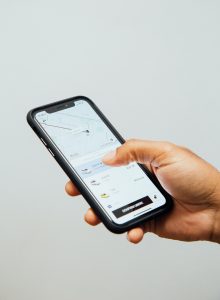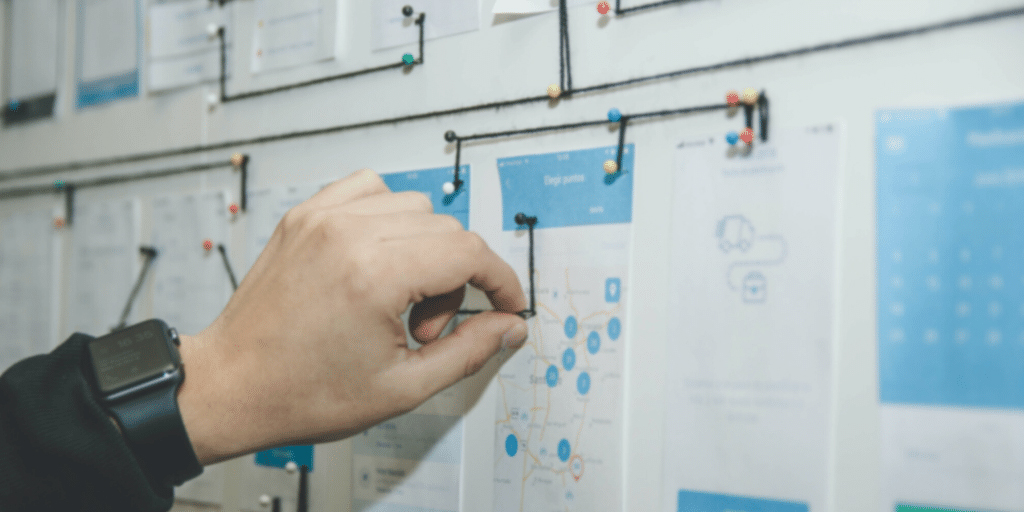
Vehicle purchases have been declining – primarily due to the rapid evolution of rideshare organizations like Uber and Lyft. The entrance of these organizations into the marketplace has motivated legacy/existing businesses to increase their customer service to try and remain competitive. Here in Ottawa, taxi companies released apps enabling travelers to know when their taxi will arrive. In other countries, such as Turkey, the taxi companies’ applications are very similar, if not better, than Uber’s. Not only do you have the security of knowing the driver works for a company, but the application will tell you the number of the taxi, its location, and is exceptionally accurate in identifying your location. In Turkey, we were using the taxi application, even on bustling streets, and we were able to get a taxi in less time than if we were to hail a taxi ourselves.
Recently I heard Barry Cross speak about the plateauing of car purchasing and the end of the automobile 100-year cycle. He had me thinking about how successful organizations need to think 10 to 15 years out to survive significant cyclical changes – and we have a lot of changes happening recently.
With the increase in ridesharing, fewer people are getting their driver’s licenses, and fewer people are purchasing vehicles. Families are now rethinking the need for two cars. Because of these shifts, it’s made it harder for car companies to sell their product. To increase the relationship and end-to-end experience for, and with, their clients, we have started to see how car dealerships are changing. For example, many dealerships are making their waiting rooms more inviting. However, there is still lots of room to grow – especially considering that there are way more independent mechanics than there are dealership service departments. This tells us there are reasons why consumers go to others outside the dealer for servicing their vehicles.

When there is an entire market because the dealers have been unable to maintain these clients for the service work, it tells us that there is room for better end-to-end experiences. There is always the price component of going to an independent mechanic, but there are usually more reasons than price alone. I love and trust my mechanics because when I call them, they know it’s me and greet me like family.
What are some of the ways that car dealership service departments could create better end-to-end experiences for their clients? What are some ways you could develop better-end to-end experiences for your clients?
Share with me on Twitter or LinkedIn – I’d love to hear from you!
